 Boston Globe Spotlight Team
Boston Globe Spotlight Team
Fate and the fallen star
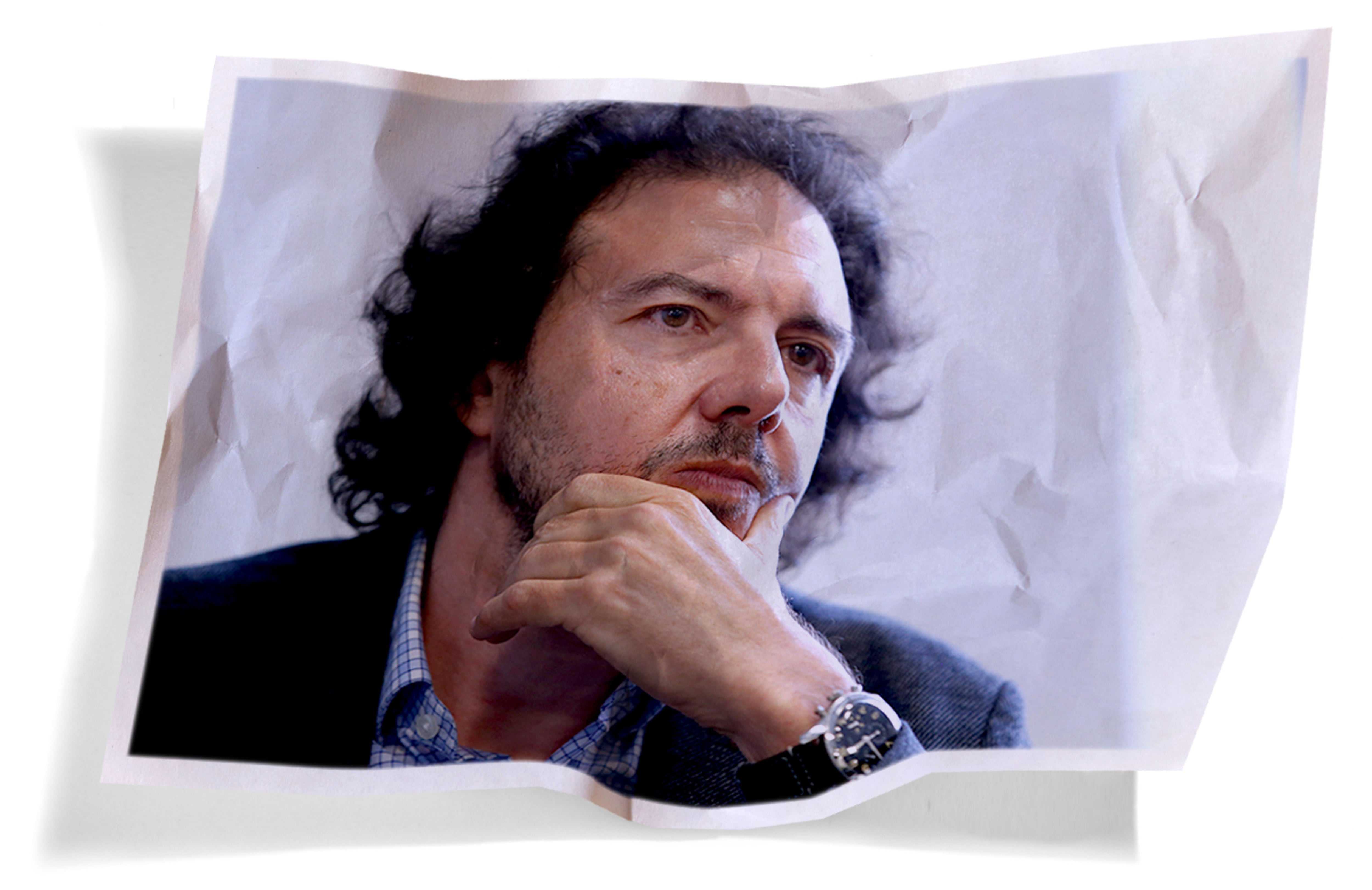
David Sabatini, a biologist who once generated Nobel Prize buzz, is hoping for a comeback after he was abruptly ousted amid allegations of sexual harassment. The case remains one of the most polarizing of its kind in science, and raises hard questions: Is there room for lesser penalties in such complex cases? Did Sabatini deserve a second chance?
The 7 a.m. Acela out of South Station trembled along the rails toward Manhattan. David Sabatini sat alone on the left side of the train. He had brought along a science paper to work on, but had a lot on his mind. He kept his Wordle streak alive on his phone, and stared out at the picturesque Connecticut coastline. His clothing hung loose from recent weight loss, presumably from stress.
It was Jan. 4, 2022, a brisk sunny day. The tall, gangling scientist with a long mess of black hair had once generated Nobel Prize buzz for his discoveries in biology. But at that moment, he was unemployed in his 50s, his reputation ruined, spending many nights in his brother’s guest room or on his ex-wife’s sofa, so emotionally distraught that his family was afraid to leave him alone.
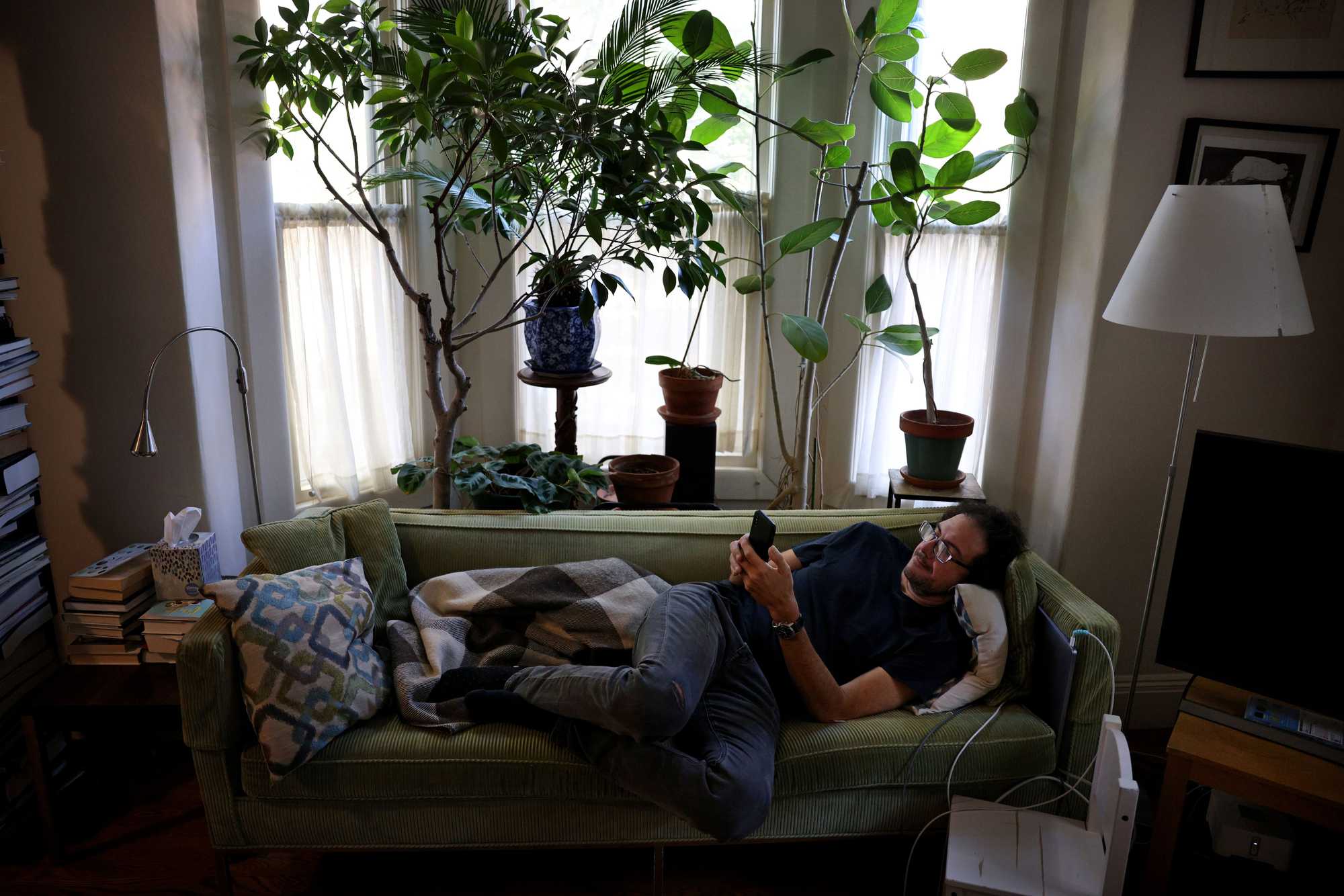
Sabatini was journeying to New York in search of a new beginning, an against-all-odds comeback.
For the previous six months, he had been staggering through the wreckage of his career. Seemingly overnight, in August 2021, the MIT biologist and renowned scientist at the Whitehead Institute in Cambridge’s Kendall Square had been forced from his research post. MIT soon after suspended him and would move to revoke his tenure.
His ouster came within 24 hours of his receiving a copy of a Whitehead investigative report accusing him of violating sexual harassment policies and of enabling a toxic and bullying atmosphere in his 40-person lab.
Deeply damaging to Sabatini was the revelation he had had a past sexual relationship with a brilliant young Whitehead scientist with a similar title but much less research experience and stature, Kristin Knouse, in her early 30s. Sabatini and Knouse had met in 2012, when she was a star student in a graduate course Sabatini co-taught at the Massachusetts Institute of Technology. They later got to know each other better through a shared love of science and fine whiskey. Their sexual encounters — which violated Whitehead’s strict relationship policy — ended with him courting another woman who used to work in his lab, and Knouse for complicated reasons turning slowly, but powerfully, against him.
The speed and totality of his downfall were stunning. In a matter of months, an illustrious lengthy career had been shattered, maybe for good.
Until the controversy erupted, Sabatini had spent 24 years at Whitehead without a misconduct allegation in his personnel file, according to a Globe review of human resource files shared by him. In fact, Sabatini had been a bright light during Boston’s emergence as the Silicon Valley for biotech. The best young scientists from across the world yearned to work in his lab, an electric place that untangled cellular mysteries critical in the study of neurodegenerative diseases, cancer, diabetes, and aging.
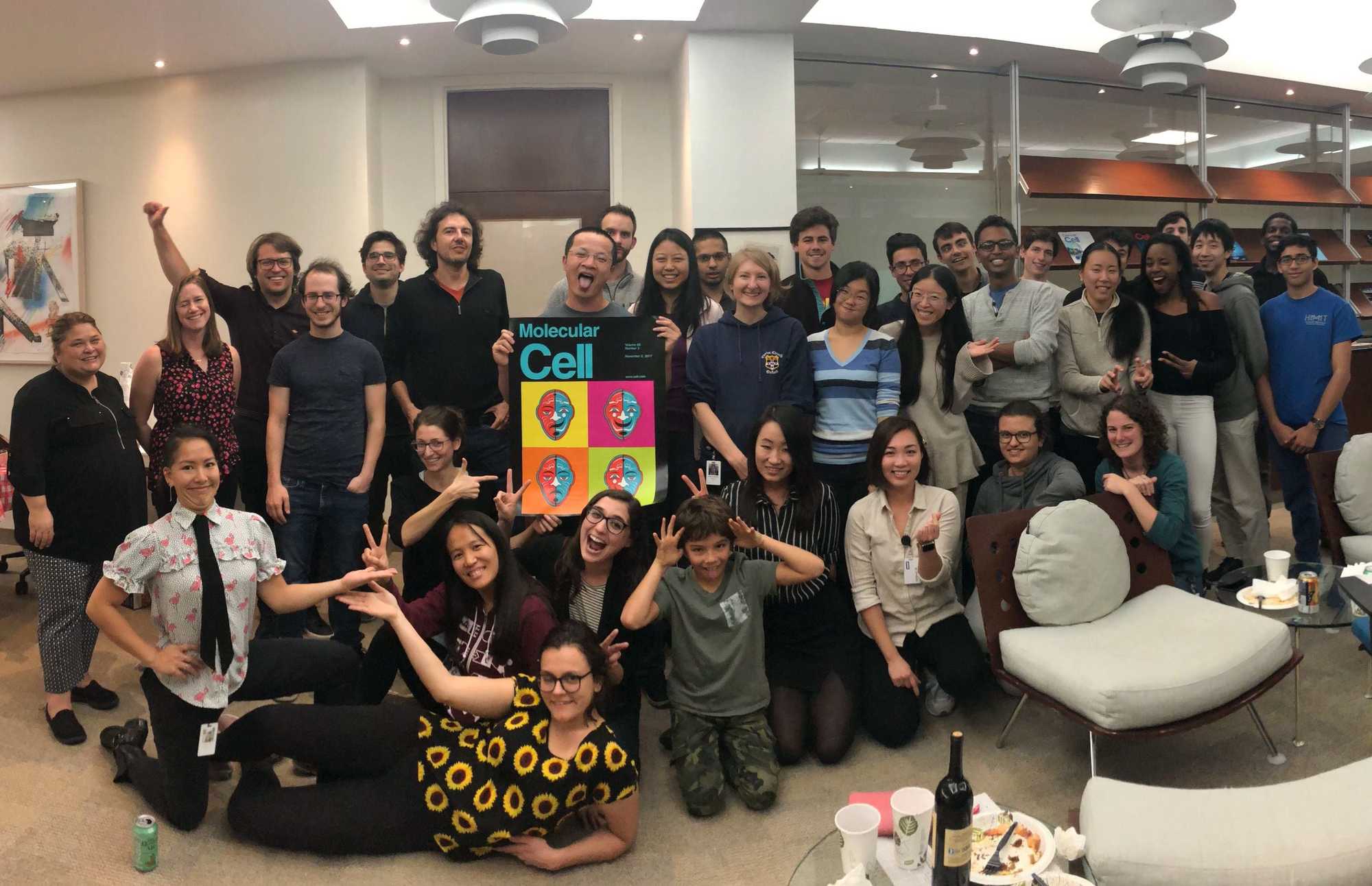
Few cases in the scientific community have been as polarizing as this one. The fiery trail of his fall raced through research centers across the country, and lit up certain corners of social media. The heat of the moment is such that many people interviewed for this story on all sides of the controversy insisted on anonymity, citing fears of social media mob attacks on their names.
Some celebrated Sabatini’s ouster as an overdue blow against the enduring boys’ club era in science, an epoch that has run roughly from Aristotle to now. Some of his scientific colleagues and many former trainees, though, contend that a great mentor was dealt a professional death sentence by institutions more interested in their public image than due process.
A Boston Globe Spotlight Team investigation finds the truth about Sabatini’s fall is far more complicated than the public reports so far. There is no doubt that Sabatini showed poor judgment, sometimes profoundly poor. He knowingly violated important personnel rules, and he lost the trust of Whitehead’s chief executive.
And yet there are other ways to read what had happened and why. Investigators placed on Sabatini’s trail may have drawn overly severe conclusions in some areas, and Whitehead and Sabatini may have missed a chance for a less destructive resolution, one that didn’t cause the professional immolation of a top cell biologist and the dismantling of a world-class lab.
Sabatini’s case provides a window into the particular nature of top science labs, where leaders can have outsized and almost unquestioned power. It also raises important questions common in many workplaces today where people of diverse backgrounds increasingly work closely together and boundaries governing acceptable behavior — which inevitably shift with the times — need to be as clear as possible.

The Globe’s extensive interviews and review of hundreds of documents — including a copy of Whitehead’s 248-page confidential investigative report into Sabatini’s lab, legal documents, personnel records, and private communications — also find this case may stand out less for its tabloid aspects than for the way the situation escalated.
And with all the recent hard-won progress toward equity in the workplace, this case raises questions about whether there is room for gradations in judging workplace misconduct allegations. Someplace in between the old ways, where too often the powerful faced no consequence, and our modern hair-trigger inclination toward career annihilation.
The Spotlight Team launched this investigation because the stakes in this case were so enormous for one of the nation’s leading scientists, for a young woman striving to be one, and for the Whitehead, one of Greater Boston’s and the nation’s top research citadels. It is a controversy that has received little notice outside of the academic world but within those circles has relentlessly churned and refuses to rest, opening virulent divisions in the scientific community, the bedrock of the region’s knowledge economy.
Was the outcome fair? Unfair? The dispute rages on — on social media, in discussions at scientific conferences, and in court, where Sabatini is pursuing a defamation claim against Knouse and Whitehead’s leaders, and Knouse has countersued.
Everyone touched by this episode has been damaged.
Advertisement
Top young scientists recruited from around the world to the Sabatini lab were scattered and sent scrabbling to pick up their careers. Much of their unfinished work was lost. At Whitehead, discontent simmers among some faculty over the way the investigation was handled. And Knouse, who wants to someday be considered a world-renowned scientist, faces the prospect of being forever publicly associated with a scandal that has nothing to do with her intellectual gifts.
Sabatini’s appointment in Manhattan that bright winter day last year was at New York University, where his father once chaired the cell biology department.
For months, several top executives at NYU had been quietly vetting the fallen scientist for a research post. They had spoken to some of his former lab members, reviewed Whitehead’s confidential investigative report on Sabatini, and come to believe the report was an unfair depiction of his lab and Sabatini may have been over-punished.
They were contemplating something rarely seen in this kind of scandal: a second chance.
It was a closely held secret that the prestigious school was mulling an offer to Sabatini. Both sides knew that if word were to leak before the vetting was done, the controversy would almost certainly erupt anew.
A productive and provocative lab under “King David”
Sabatini’s 3,000-square foot lab was lit day and night, its soundtrack the hum of cooling fans, whirling servo motors, and centrifuges. The space often smelled yeasty from cultures or acidic from chemical reactions.
Postdoctoral researchers and graduate students hired by Sabatini, generally in their 20s and 30s, sat at high benches, often mixing small amounts of clear liquids teeming with the ingredients of life. The people Sabatini brought in hired master’s students and undergrads to assist them, bringing the total lab population to 39.
Sabatini’s lab was among the largest at Whitehead, one of the nation’s leading research institutes, and routinely published work in prestigious journals, such as Nature, Science, and Cell. The lab’s budget was about $5 million, funded largely by the National Institutes of Health and the Howard Hughes Medical Institute.
In its early days, the lab had fewer women, but by 2021, women made up about one-third of the postdocs and graduate students. Also, roughly one out of three was an international scientist on a visa.
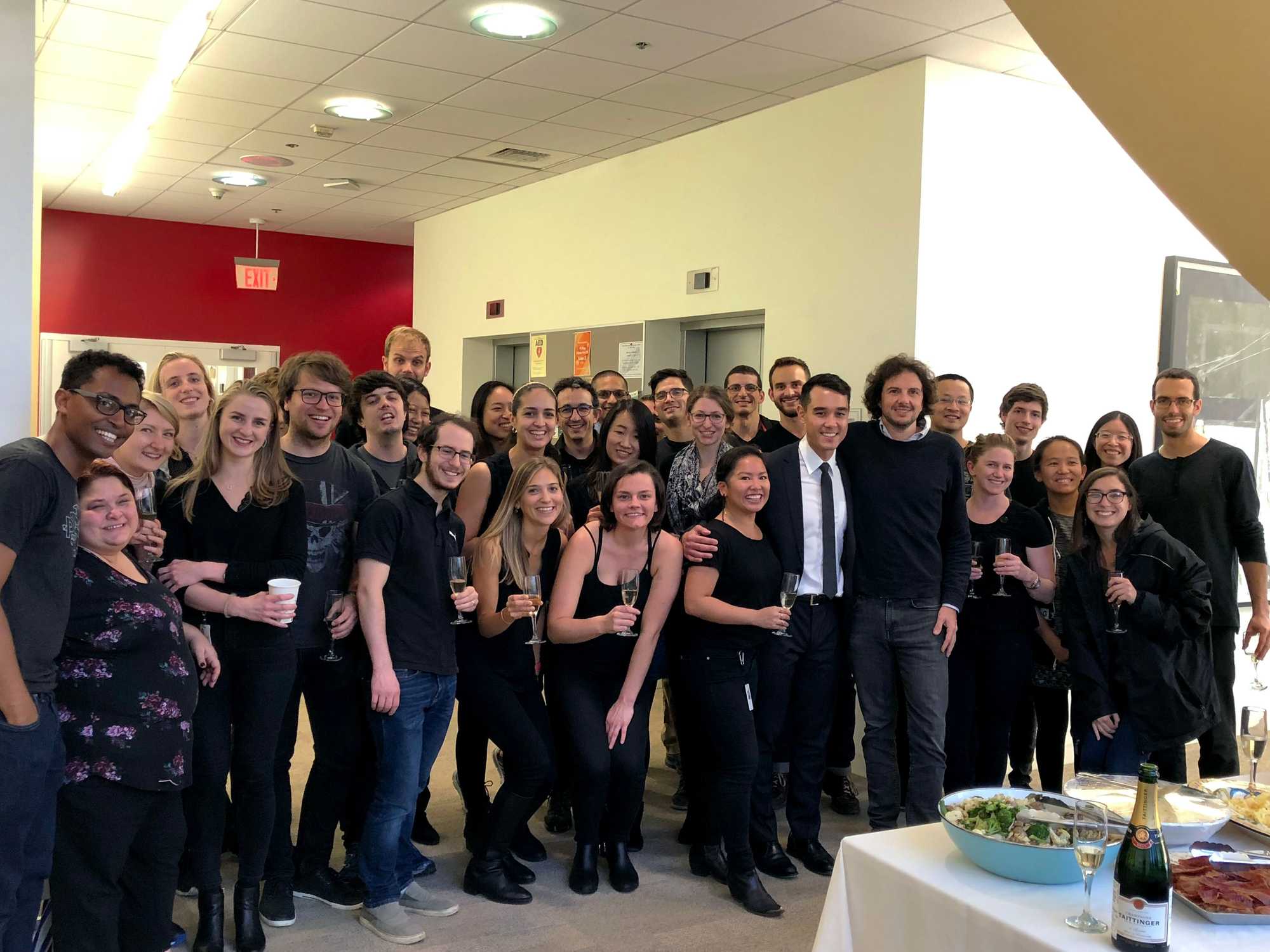
Women underrepresented in the top research positions at Whitehead
Whitehead Institute’s gender breakdown is generally even when all staff is counted, but skews more male at the higher-level research positions, including in David Sabatini’s lab.
Whitehead Institute’s 2021 gender breakdown
Employees (573)
Post-doc and graduate students (186)
Principal investigators and fellows who were heads of independent labs (22)
David Sabatini lab’s 2021 gender breakdown
Employees (39)
Post-doc and graduate students (21)
Sabatini juggled many roles and three appointments with elite organizations: Aside from being a principal investigator housed at Whitehead, he was a tenured MIT professor and an investigator for Howard Hughes Medical Institute, which is headquartered in Chevy Chase, Md., and whose funding for the lab covered most of Sabatini’s roughly $380,000 salary.
As his lab’s principal investigator, Sabatini was everyone’s alpha boss and mentor; his counsel was prized and his approval meant everything. A glowing recommendation from the P.I. is key for researchers who want to ultimately open their own labs.
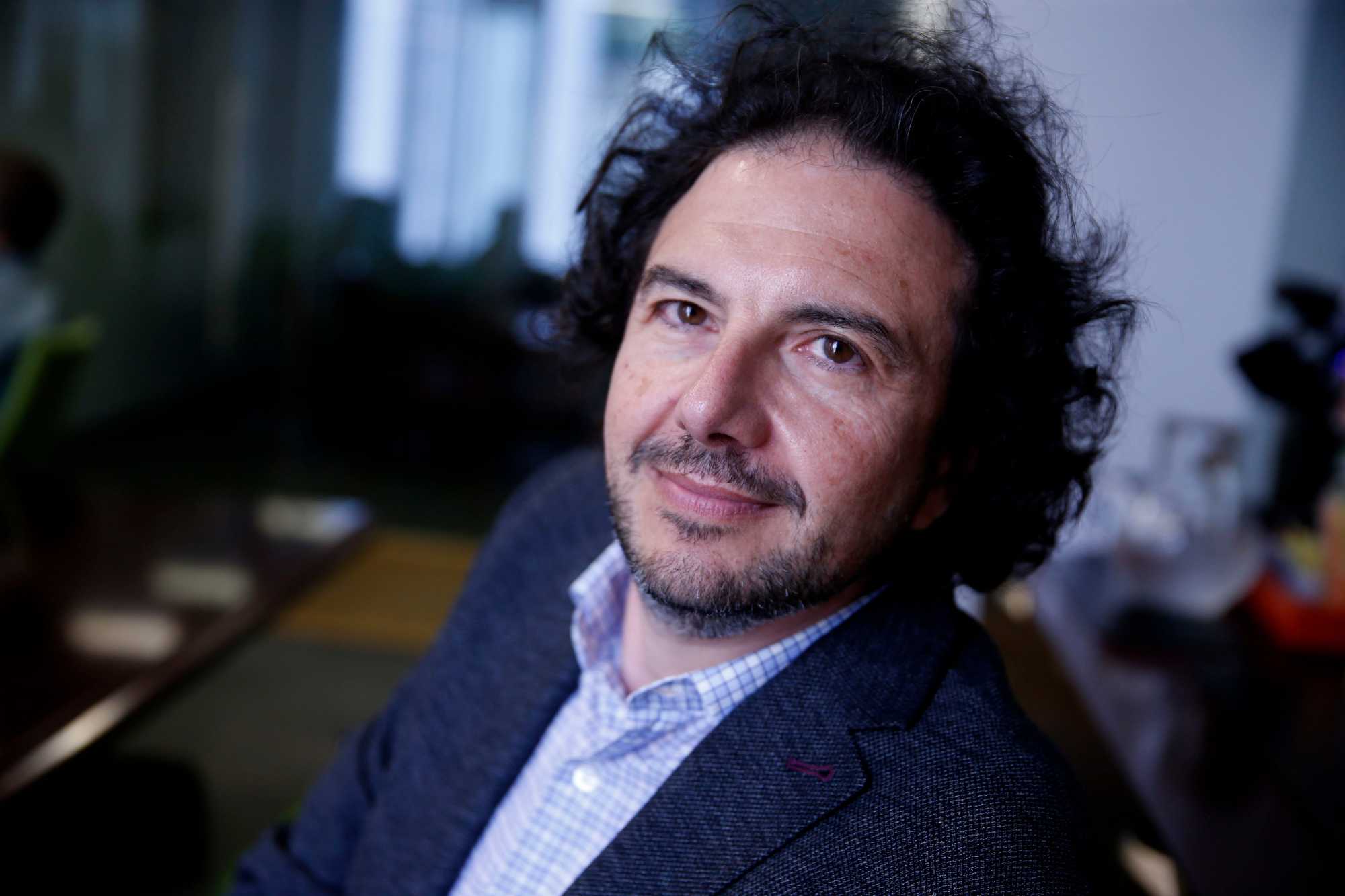
“At any lab social gathering, whether it is happy hour, whiskey tasting, whatever, if David was there, he would just have like a little cocoon of people around him — grad students, postdocs,’’ said a former lab member who has been critical of his tenure. “That was their time to schmooze with King David.”
The lab members often worked relentlessly long hours, seven days a week, even sleeping in the lab if running overnight experiments. “The thing is, it’s not because they were forced to do that; that was something they decided to do,” said Kera Xibinaku, an Austrian biologist who in 2021 worked in the lab as a master’s student. “They loved their science, they loved being in the lab.”
Many were inspired by Sabatini’s example. He, too, obsessed over work. For someone so high up in his field, he was unusually available to his lab members, accessible at all hours to help with science or career questions.
“I credit him for the career that I have right now,” said Kate Koch, 31, a medical and doctoral degree candidate at Harvard Medical School, who worked four years in Sabatini’s lab as an undergrad. “Yes, there is sexism in science. So to have someone like David tell me: ‘You’re good, you’re smart ... I support you’ — I can’t tell you how much that meant.”
The Globe interviewed nearly 50 former Sabatini lab members, representing the full arc of the lab’s history. The overwhelming majority generously praised Sabatini’s ability and devotion to his role as a scientific adviser and career coach, and described his lab not as toxic, but as a rigorous, thriving, thrilling place to do elite science.
I credit him for the career that I have right now. Yes, there is sexism in science. So to have someone like David tell me: ‘You’re good, you’re smart ... I support you’ — I can’t tell you how much that meant.”Kate Koch, former member of David Sabatini’s lab
“Sabatini trainees believe we were part of something very unique, very special,” said Naama Kanarek, assistant professor in the pathology department at Boston Children’s Hospital and Harvard Medical School, who trained with Sabatini and now directs a cancer research lab. “There was always more. That was his mentorship. ‘Aim higher. Do better.’ This was how he operated. I became a better scientist because of his expectations.”
A human constellation forms around someone of Sabatini’s scientific distinction and uncommon ability. By any measure, his lab produced exceptional scientists and high-impact discoveries, largely related to the way cells grow and age, insights into the workings of human genes, and techniques for studying the genes responsible, when they mutate, for some of the worst diseases. A company that grew out of the lab’s work currently has an ovarian cancer drug in clinical trials. Another lab-related company is in trials for a drug to combat depression. Sabatini helped found the companies but is no longer associated with them.
“The projects in the lab were super competitive, high risk, and David recruited super competitive, ambitious people,” said Nada Kalaany, associate professor of pediatrics at Harvard Medical School, who trained with Sabatini and now oversees her own lab working on cancer metabolism. “He is like a magnet to intelligent people. He pushes people to their intellectual limit and wants people to succeed.”
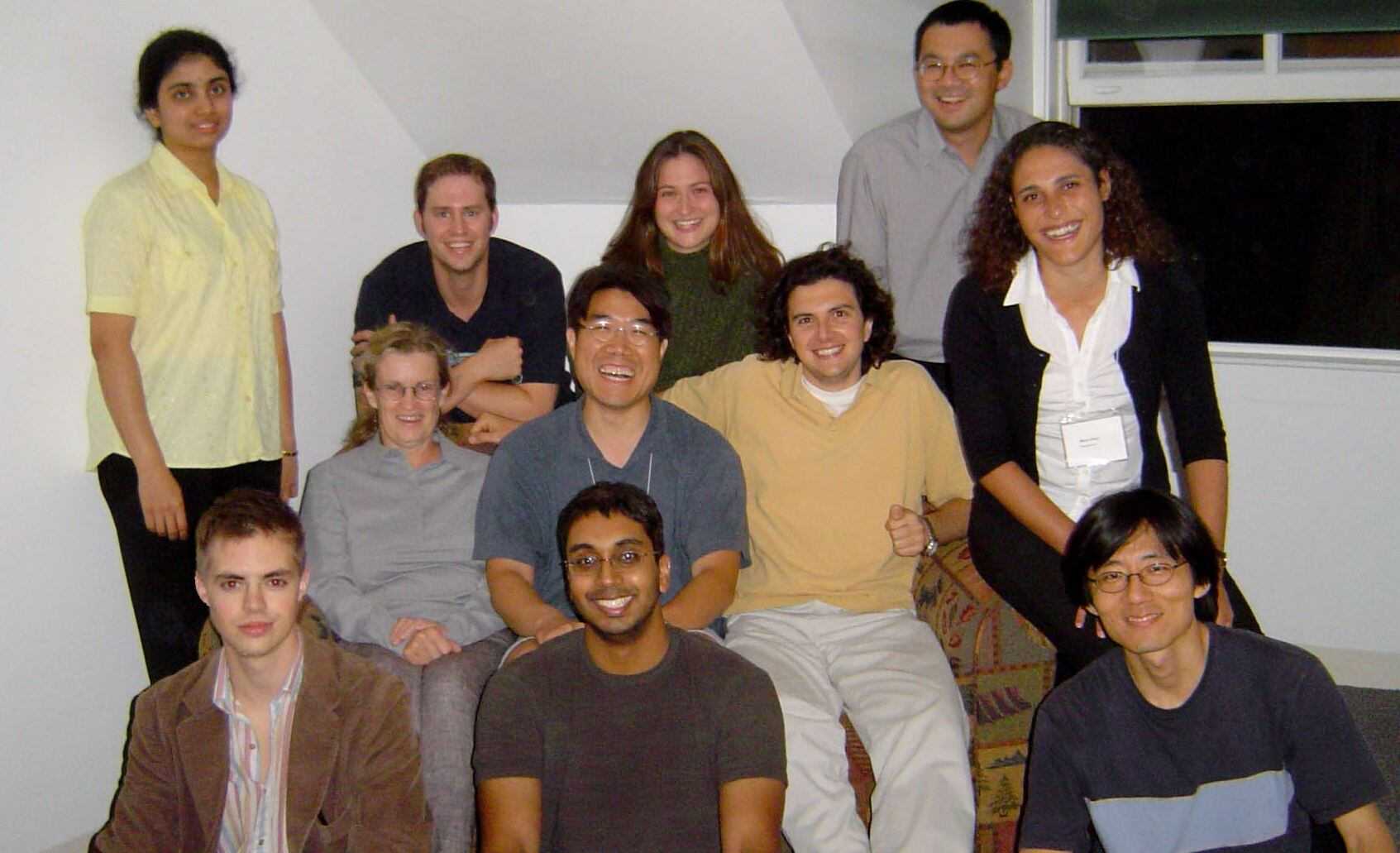
Roughly 35 scientists trained by Sabatini have opened their own labs at academic institutions around the United States, such as Harvard, Duke, University of California Berkeley, NYU, Rockefeller, and Stanford, as well as universities in Europe, Israel, and Canada. Another 10 or so former Sabatini mentees are directing top-end medical research in the biotech industry.
Yet the Sabatini way was not for everybody.
The lab was a pressure-cooker, its scientific standards sky-high. And Sabatini could exhibit a swaggering egotism, like the caricature of a top heart surgeon who knows he’s the best. “David was on the short-list for the Nobel Prize, not a Nobel Peace Prize,” said one former lab member. Another, though grateful for Sabatini’s mentorship, nevertheless summed up: “David was smart, he knew his lab was good, and he could be a dick sometimes.”
His feedback on science was often painfully direct. If he thought a mentee’s project was a waste of time, he’d say it was a waste of time. Some appreciated his bluntness; some found it hurtful. His language could be crude and foolish; he sometimes used the word “retard” when dismissive of an idea or a person. He flippantly referred to some Whitehead administrators as “potatoes” and allegedly needled a religiously devout male postdoc as the “Catholic virgin.”
Many members didn’t care if Sabatini or someone else dropped an F-bomb in the lab, but some did. Kathleen Ottina, Sabatini’s research lab manager from about 2005-2017, said she complained repeatedly to Sabatini about hearing profanities in the lab. Other lab members say Sabatini told people not to swear around Ottina. But she said her complaints were never resolved. “All the young males wanted to be David Sabatini, so they reflected his behavior,” she said. “It’s a shame that a very, very talented scientist was fascinated with the words middle school boys discover.”
All the young males wanted to be David Sabatini, so they reflected his behavior. It’s a shame that a very, very talented scientist was fascinated with the words middle school boys discover.”Kathleen Ottina, former research lab manager for David Sabatini
Anne Carpenter, a computational biologist who runs a lab at the Broad Institute, was one of the few women in the early days of the lab, where she worked from 2003 to 2006. Carpenter had praised Sabatini on Twitter before his fall, but has since revealed other feelings, posting sharp critiques complaining of “profanity, teasing and mocking of both women and men” by lab members.
“I was the only female postdoc and I quickly learned to navigate the lab’s bro culture,” she posted on Twitter. “I avoided being the target of mean comments, but I regret not standing up for those who were targeted.”
Many former trainees agreed that lab banter could be edgy and freewheeling and that personalities grated sometimes, but most described the atmosphere as supportive. “Were people in the lab shitheads every now and then? Yes,” said one recent alum. “It was like fighting with brother and sister — you still love each other.”
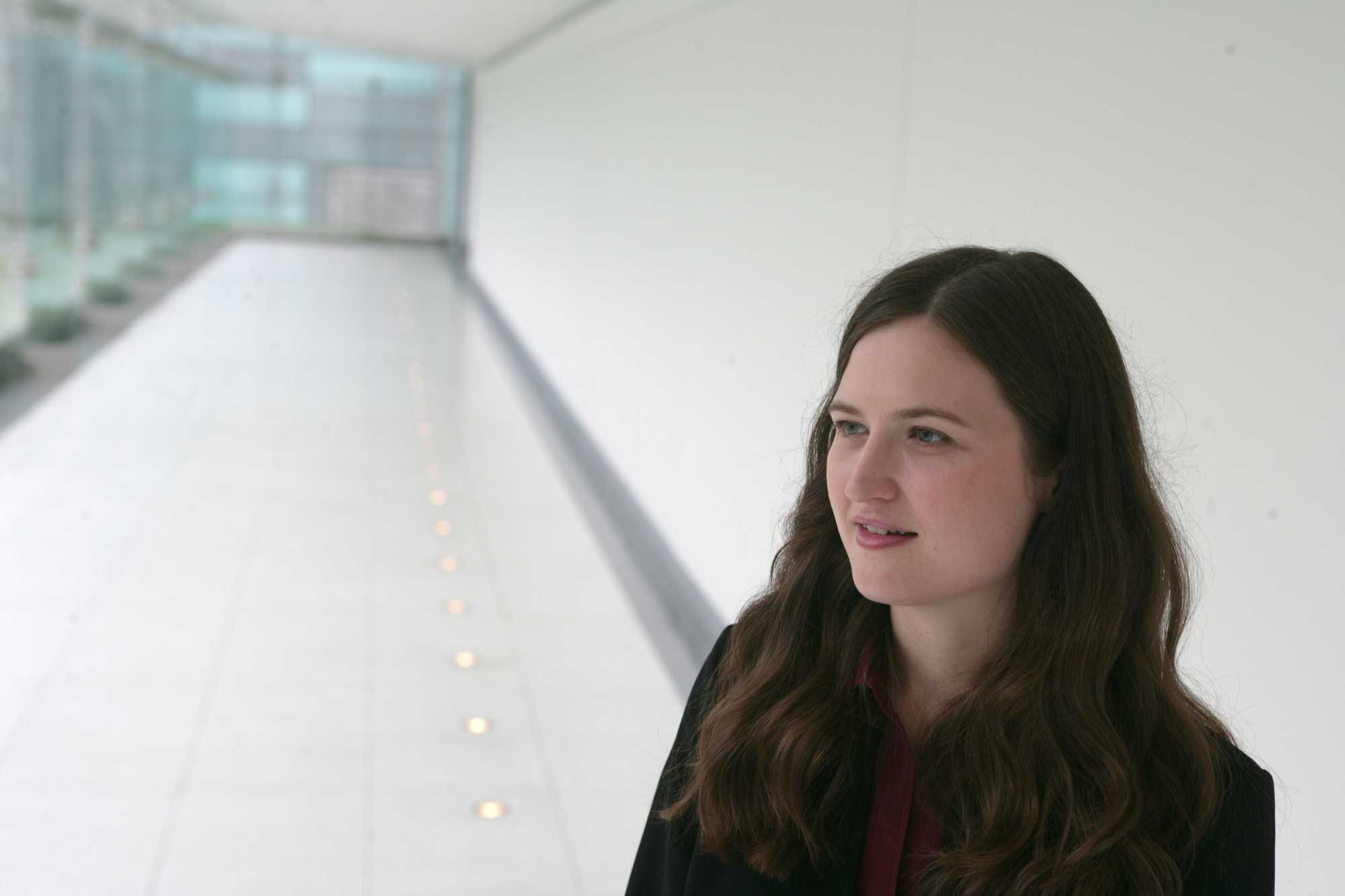
Science was Sabatini’s life. Most of his friends worked in labs, and, in his own, he tried to act as both a boss and a peer, some members observed, diving into lab banter like a grad student. As later recounted in the investigative report commissioned by Whitehead, two women complained to Whitehead’s HR department in 2021 that Sabatini had made comments that made them uncomfortable. One of them said that, in 2016, he had asked her which of two postdocs she would prefer to date.
In March 2020, that same report said, Sabatini allegedly told a female lab member that he preferred European women to American women because European women talked openly about sex. “Maybe he wants to be more European haha,’’ the lab member texted a friend.
Sabatini could be snarky. He could argue positions he didn’t necessarily hold just to get a rise out of somebody. “He can push into the boundaries of what makes you comfortable,” said one former colleague, a woman, who acknowledged that despite their warm friendship, Sabatini could sometimes be infuriating. “He just enjoys having difficult conversations.”
In response to the criticism, Sabatini acknowledged that he may have unintentionally upset people with jokes or comments. “Of course, I’m sure I have offended people,” he told the Globe, his eyes shining with tears. “I’m a hundred percent sure I’ve offended people and they have not told me. But I’ve never done anything out of malice. I’ve never not bent over backwards for everyone in my lab.”
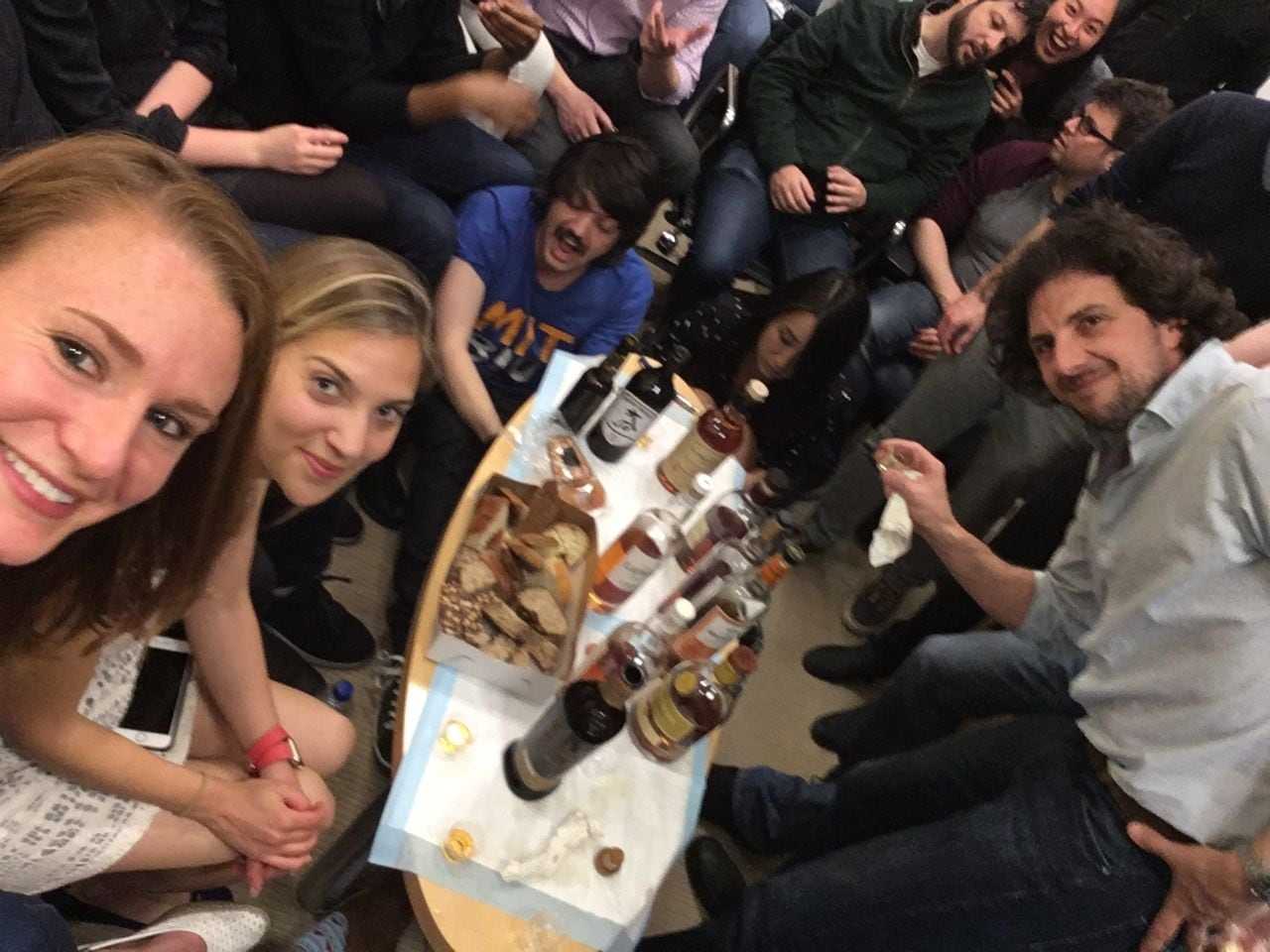
Drawn together by whiskey
The creative intensity of the Sabatini lab was a draw. Its weekly lab meeting, where mentees presented their science to the group, drew so many visitors from other labs that Sabatini had to make a rule that his lab members had first dibs on the supply of chairs.
Another popular Sabatini lab event was its occasional whiskey tastings. Lots of labs have beer nights. Sabatini hosted his upscale version every few months or so in his office. He would splurge from his own pocket on pricey bottles from Balvenie, The Macallan, and WhistlePig. Lab members who might find it hard to afford a 25-year-old single malt drank samples in plastic cups and ranked them on the whiteboard on the wall.

The tastings were open to guests, and by 2016 another whiskey aficionado began making appearances. She was Kristin Knouse, already making a mark with her penetrating intelligence and research gifts. Her work focused on unpacking the mysteries of liver regeneration, with an aim to discovering treatments to repair other ailing organs. Then a 28-year-old graduate of Duke University in the Harvard-MIT MD/PhD program, Knouse projected a deep interest in science, and possessed a salty vocabulary. Sabatini had served on her thesis committee.
One of Sabatini’s close friends, Angelika Amon, a charismatic scientist from MIT, had taken Knouse under her wing. Amon had encouraged Knouse to learn from Sabatini. Sabatini later said that Amon told him that Knouse, while possessing a keen intellect, had a tendency to become over-stressed.
Sabatini welcomed Knouse to the whiskey tastings as a friend of the lab, and soon discovered that she knew more about whiskey than he did. Before long Knouse was lending her expertise in picking bottles for Sabatini’s lab tastings and including Sabatini on group invitations for whiskey sampling events around Boston.
A family of scientists
Science is in Sabatini’s genes. His father, David Domingo Sabatini, now in his early 90s, is a renowned biologist who for some four decades chaired the cell biology department at what is now the NYU Grossman School of Medicine. The elder Sabatini came from Argentina with his wife, Zulema, a physician, around 1960, to study in the US. They had two sons, both scientists. Bernardo Sabatini, the younger of the two, is a Harvard neuroscientist.
David Sabatini graduated from Brown University, then went to Johns Hopkins in Baltimore to work on his medical and doctoral degrees. He joined a research lab run by neuroscientist Solomon Snyder, where Sabatini, at age 26, published the discovery that would help make his career. He was working with rapamycin, a drug produced by bacteria first discovered in soil samples taken from a volcano on Easter Island. Rapamycin was known to affect the immune system, but no one knew how.

Very roughly speaking, Sabatini dangled rapamycin like a hook into brain tissue from rats, to snare the protein to which the drug binds. Hundreds of rats died in Sabatini’s long quest to gather enough of the protein to identify its building blocks. That protein is now called mTOR, for mechanistic target of rapamycin. The protein is critical to explaining how cells, including human cells, detect nutrients and grow. Disruptions to such essential biological functions contribute to some of the worst diseases, such as cancer.
His role in the mTOR discovery made Sabatini’s name, and in 1997, he earned a fellowship to open his own lab at the Whitehead.
He soon also moved ahead on the personal side. Sabatini began dating Valentina Nardi, a native of Italy who worked in another lab at Whitehead. They married in 2004. She is now a molecular genetic pathologist at Massachusetts General Hospital. They have a son, born in 2010.
Fast forward to 2018, Sabatini’s professional life was hitting new peaks. His personal life, though, was in flux. His marriage fell apart; he and Nardi separated. They divorced in 2019. Both say the parting was amicable.
“I think it happens sometimes; couples fall apart after they have kids,” Nardi told the Globe. “We grew apart over time. We’re very different. I think he’s great. We remain very friendly.”
Advertisement
A complex relationship evolves
It was not unusual for Sabatini, frequently on the road for scientific conferences, to spend time with his fellow scientists when their paths crossed.
In March 2018, Sabatini and Knouse realized they were going to be in Washington, D.C., at the same time. She was just graduating from her MD/PhD program and was about to begin as a Whitehead Fellow, part of a program in which young scientists are given seed money to start their own labs.
Sabatini and Knouse met for drinks at D.C.’s Jack Rose Dining Saloon, a renowned whiskey bar. They had a lot to talk about: Knouse’s lab at Whitehead was opening in June, a big step for an up-and-coming scientist. The institute had offered her the position in 2017; Sabatini had supported her candidacy with a letter of recommendation.
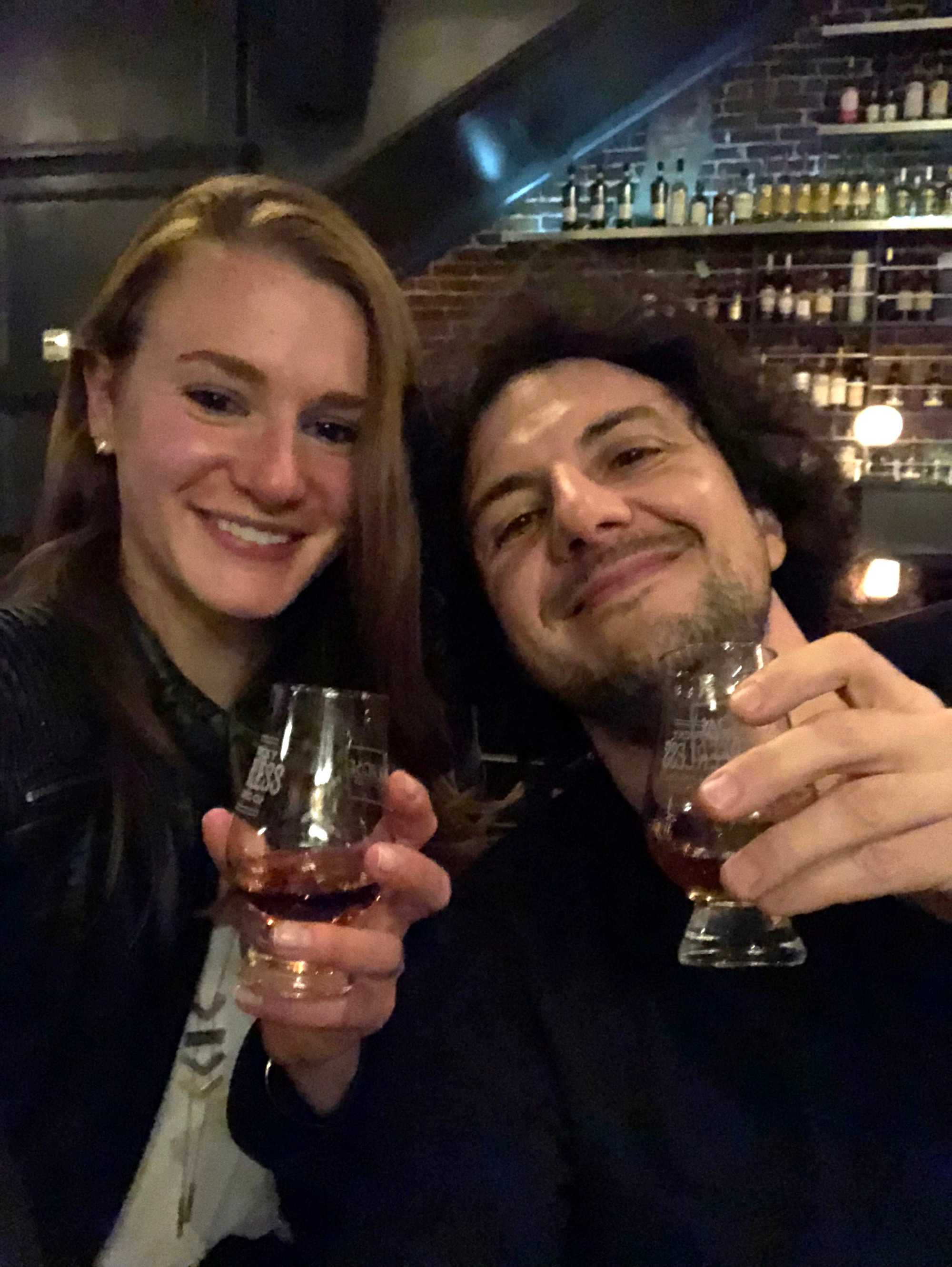
They sampled whiskeys and chatted about scotch and biology. After about two hours, Sabatini paid the check. He and Knouse would go their separate ways.
The next month, as it would happen, Sabatini was in Washington again, on April 18, for a conference the next day.
Sabatini said Knouse told him she was planning to be in D.C. at that time to see a friend.
Sabatini and Knouse made plans to meet again at the Jack Rose. Sabatini e-mailed a Berkeley biologist at his conference to come along. When the biologist backed out, Sabatini and Knouse went alone. Each posted photos on Twitter of the bottles they tasted.
By fateful coincidence, both had rooms at the same hotel. Late that night, they shared an Uber back to the hotel in Rockville, Md., about 15 miles away. They had been sipping whiskey together for hours. He was 50 and separated; she was 30 and single.
This much is undisputed: They ended up in Sabatini’s hotel room that night and had sex.
In the morning, Knouse left for her own room, and then texted while on her way to the airport. They had this exchange, documented in the Whitehead investigative report, referring to their Twitter posts from the night before:
Note: Text exchanges between individuals in this story are animated.
In the aftermath of that first sexual liaison, the e-mails exchanged between them seemed to continue as they had before. Four days later, on April 22, they began a long e-mail exchange about snagging assorted whiskeys, discussing the merits of various bottles.
“If I am ever sufficiently established and rich we can hire a shared admin to manage and book all domestic and international whiskey endeavors,” Knouse wrote to Sabatini on April 25. “Broadly classified as scientific inquiry.”
Within this long exchange, Sabatini offered encouragement when Knouse admitted pre-lab jitters.
Knouse: “The whole ‘holy [expletive] I’m starting my own lab in six weeks and have no idea what I’m doing or if anything is going to work’ is starting to hit me.”
Sabatini: “Everyone goes through what you’re feeling now. There is a bit of an imposter syndrome that lasts until the lab feels messy and used and you have the first success, even if a small one.”
They continued to see each other for occasional sex and kept their meetings secret. They agreed that they were not an exclusive couple, as they later told investigators, and projected to others around them an upbeat supportive friendship.
Their texts to one another were sometimes full of urgent sexual energy, about where they might find the privacy and time, however short, to meet.
Sabatini: In my office for a bit
Knouse: In tissue culture will update in a bit.
Knouse: On site clinic too precarious right now. Busier afternoon than expected but could probably duck out downtown at some point.
Sabatini: Hmm. Not sure my hours would permit that. Is third floor busy.
Knouse: Returning from mouse room will investigate.
Their exchanges often, too, featured an archly nerdy scientific patois.
“Someone is rocking morning dihydro-T spike,” Knouse wrote to Sabatini after he suggested they meet, referring to testosterone.
In pursuing their sexual relationship, they knowingly crossed a line that could pose complications, including the risk of workplace policy violations. They kept their liaison secret. Over roughly the next year and a half, they slept together about 10 to 15 times, according to accounts each later gave to investigators.
Sabatini says he came to think of Knouse as one of his best friends.
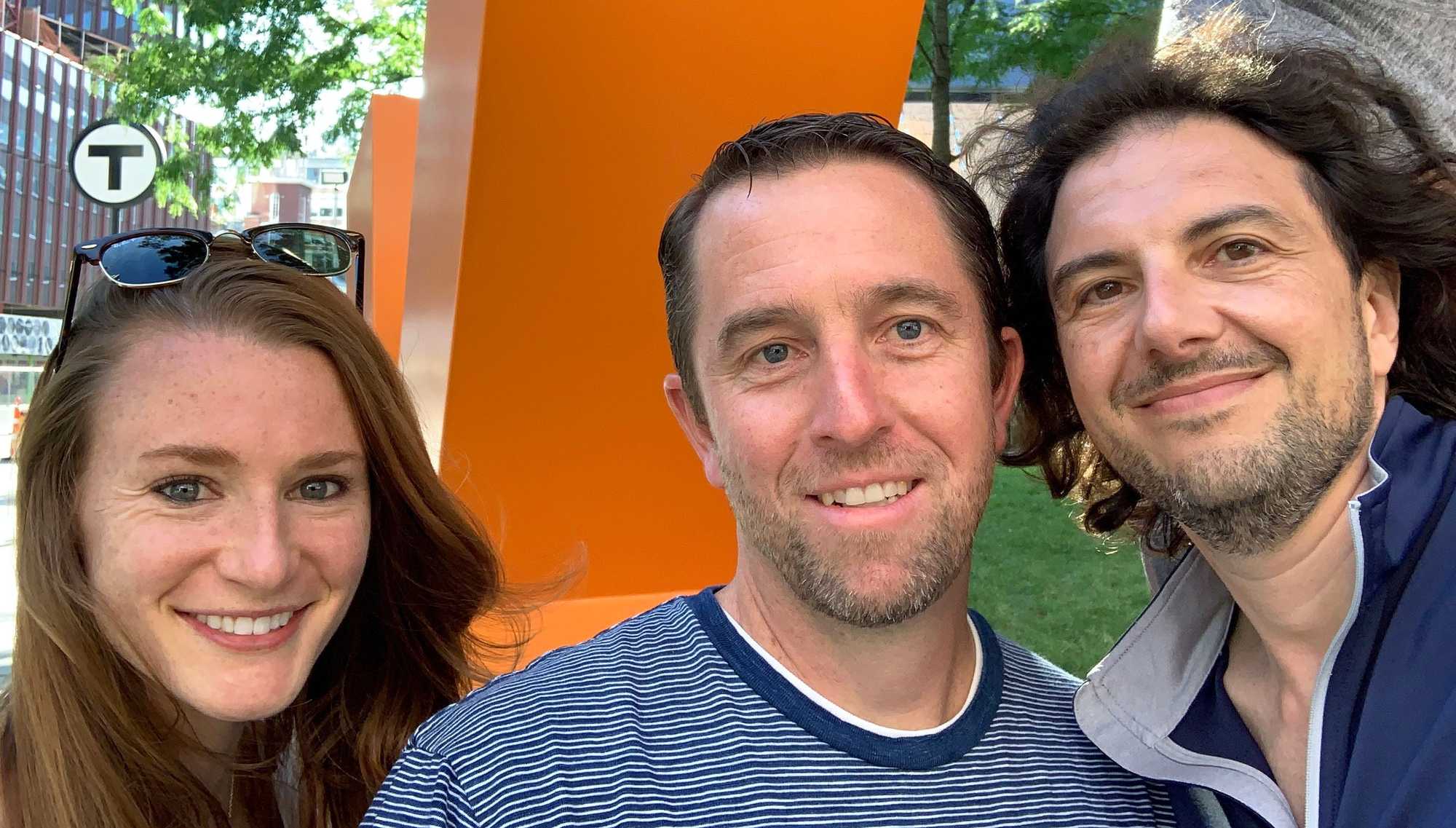
They met for dinners and drinks with Sabatini’s professional colleagues. Knouse joined video game sessions, ice cream excursions, and swims at the MIT pool with Sabatini and his son, and went to the movies with Sabatini, his son, and Sabatini’s ex-wife. Knouse joined family movie day with Sabatini and his brother, Bernardo, and Bernardo’s kids.
“David had a sardonic sense of humor and Kristin definitely did too,” said one of Sabatini’s friends, who joined an ice cream tour of Cambridge with Sabatini, Knouse, and Sabatini’s son. “It was just fun and very casual and friendly banter about this or that. If you had asked me about the nature of their relationship, I’d have said they were very close friends.”

Those in and around the lab knew Sabatini and Nardi had separated, and in the gossipy world of Whitehead, there was much speculation about his romantic life. In late 2018, a newcomer to the lab drew attention. She was Lena Pernas, then a 31-year-old American scientist working at the Max Planck Institute in Cologne, Germany. She came to Whitehead for a three-month position. Pernas had known Sabatini for years through scientific conferences.
Some around Whitehead couldn’t help but wonder if Sabatini was romantically involved with this new arrival, but Whitehead investigators later found no evidence their relationship became romantic at that time.
Knouse also took note of the arrival of Pernas — a woman roughly her age, with similar high educational achievement and scientific ambition.
As 2018 came to a close, Knouse focused on establishing her lab. She and Sabatini kept up their professional, friendly, complex, and occasionally sexual relationship. Knouse was a source of strength and support when Sabatini had a health scare. He said he tried to be supportive when she had some health issues.
A time of new rules
Both of them entered this secret relationship at a time when the #MeToo movement had focused greater attention on the hazards of professional relationships that veer into sex. HR departments strained to come up with rules to accommodate the inevitable attraction between co-workers, while at the same time protecting employees from exploitation.
Sabatini and Knouse also continued their liaisons even though both were aware through Whitehead’s grapevine that the institute had had at least one recent controversial workplace relationship that required HR intervention. Sabatini had also, a month before his first sexual encounter with Knouse, completed MIT’s online anti-sexual harassment training required of all faculty, records show.
Science, like many other professions, abounds with couples who met at work.
In fact, leaders of two institutions that would later rule on Sabatini’s fate have been in long-term relationships with people they worked with, though in each case they said they notified higher-ups about it and hewed to applicable personnel guidelines.

In the 1990s, Erin O’Shea, president of Howard Hughes Medical Institute, became romantically involved with a graduate student who worked in her lab in California; the couple have now been married 21 years. And Whitehead director Ruth Lehmann has been in a relationship for many years with a former colleague, a NYU neurobiologist who also worked at the Skirball Institute for Biomolecular Medicine at NYU while Lehmann was Skirball’s director from 2006 to 2020.
In August 2018, Whitehead amended its rules to take an unusually hard stand against consensual relationships. It banned faculty members, senior managers, and principal investigators from having a sexual relationship with anyone employed at Whitehead, even professional peers of the same high rank. It was a policy considered strict in HR circles, and remarkably scant on details. The policy outlined no procedures for disclosure and mitigation if two employees fall in love, or just get carried away and end up in bed. It said simply that, under the threat of possible termination, it is the responsibility of the people covered by the ban to “control their own actions.”
The policy change came five months after Sabatini’s and Knouse’s liaisons began. They continued the secret relationship, now unambiguously forbidden. They both held similar titles as principal investigators, so they both violated the policy. But Sabatini, who had far more stature, would have had more reason to worry about consequences. Whitehead also barred managers from having a relationship with a “close personal relation” over whom they have power.
Knouse did not work for Sabatini. But he could potentially have had a career-influencing role, as the far-more established scientist. He was one of her two mentors in her fellowship program, records show, and he had written her letters of recommendation. He later headed the fellows program she was a part of, though that post was focused on attracting new talent not managing fellows.
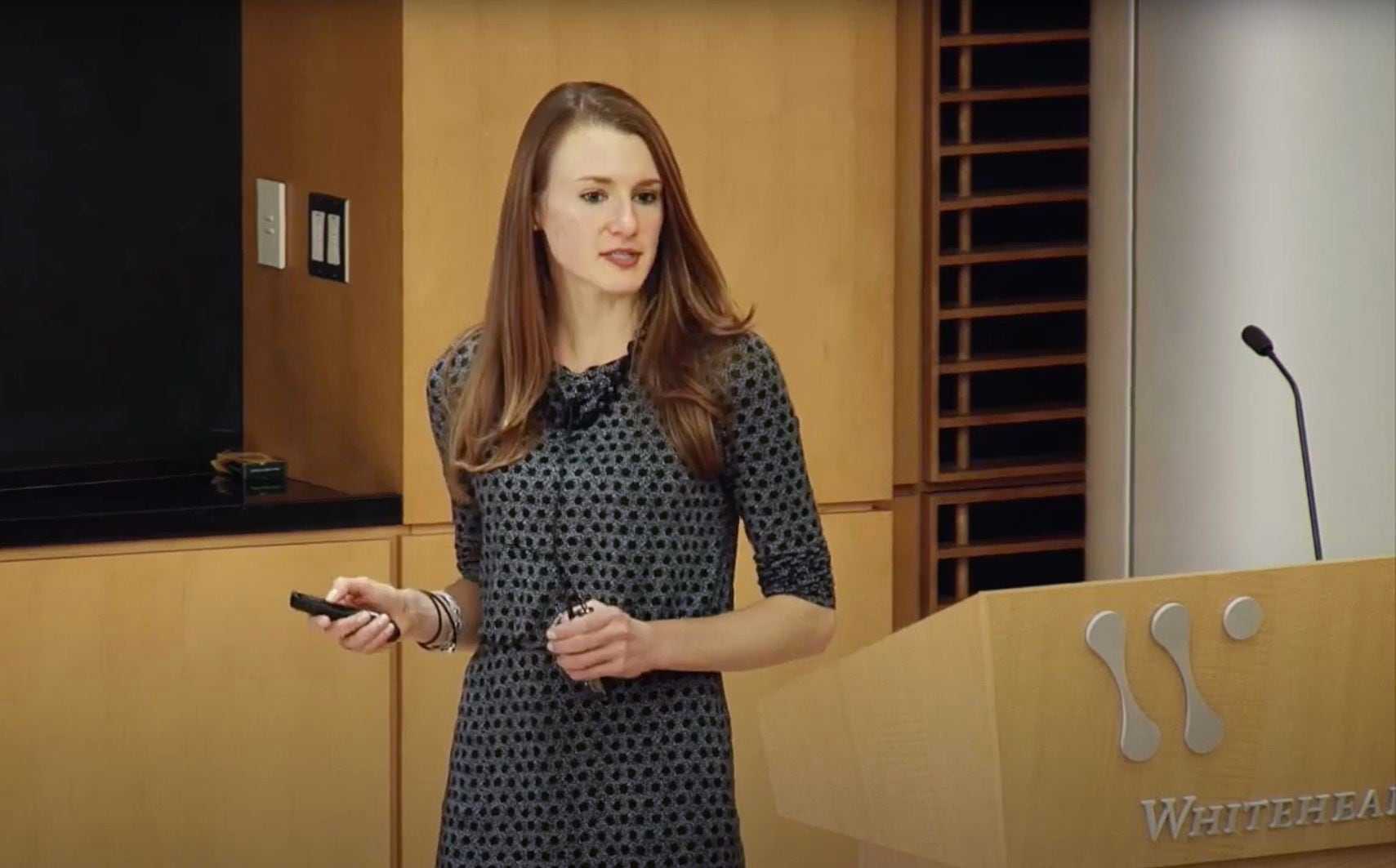
His seasoned guidance meant even more to her in the months to come. In 2019, Knouse was coping with the crushing fact that Amon, her beloved mentor, was battling an advanced case of ovarian cancer. Knouse at the time suffered through dark moods and confided in Sabatini occasionally.
“The existential crisis continues,” she wrote to him in January 2019. “What is the point if I’m never satisfied and everything is meaningless and all of my female scientist role models are either dead/dying/falling off the wagon so clearly I’m next.”
He responded, “I’m sorry Kk. Text me when up. There is no point. Just to enjoy our time here. And indeed I think we do enjoy it.”
Sabatini checked on her one night the next month:
Sabatini says that he noticed something about Knouse that summer of 2019: She began to imply that she could be interested in something more with him than friendship with occasional casual sex, he told the Globe.
On July 9, 2019, Knouse wrote to him: “I really value and enjoy our friendship and the personal/physical connection we’ve had and at times find myself wanting to see where it goes while also fully understanding you are not in a place for that now, there are complicating circumstances of age and workplace, and having no idea how you feel.”
It was a mistake on his part, Sabatini told the Globe, that he did not fully acknowledge and respond then to what he perceived as her shifting feelings for him.
But Knouse would later tell investigators that, from the start of her secret sexual liaisons with Sabatini, she was entwined in a swirl of anxiety about the relationship and the imbalance of power, as well as confusion about what she most wanted from Sabatini — mentoring and networking, friendship, or maybe something more. She would later say that their first sexual encounter felt coercive, and others did too, but he dismissed her misgivings when she voiced them.
She privately complained to close colleagues and friends about a sense of unfairness in her dealings with Sabatini. “After crying in my office for an hour, I decided i’m not taking this shit anymore. He can’t have me as a friend when he wants a friend but then when i voice my upset call in the hierarchy and treat me like shit,” she wrote a friend in July 2019.
Newsletter: The Globe Investigates
Sign up to receive Spotlight reports and special projects in your inbox.
She also complained that he did not realize his demeanor could come off as angry even when he said he wasn’t and that he excessively unloaded personal issues onto her.
“He’s also seriously considering a therapist,” Knouse wrote.
“Wow you made some progress,” the friend responded. “You keep chipping away at him, he’ll accept your referral.”
“I think he will,” Knouse replied.” He always comes around to rationality.”
Knouse’s sense of their complex relationship was also evolving — and turning more negative — at a time when a scandalous rumor about Sabatini was also in the air.
Sabatini had been seen by some researchers talking on a bench by the Charles River with a female undergraduate who had asked for his advice on grad schools. Speculation soon percolated within the gossipy hubs of Whitehead about the nature of their relationship. The rumors were unfounded, as investigators later concluded. But the gossip fed into Knouse’s doubts about Sabatini, which were reflected in communications she shared with a friend at the time.
By late 2019, Knouse was distressed about her relationship with Sabatini, text messages from the time suggest. She respected him professionally, but was becoming disillusioned with him personally, and harbored growing feelings of being treated like a mistress, sexually exploited and called upon only when he needed emotional support about something, Knouse later told investigators.
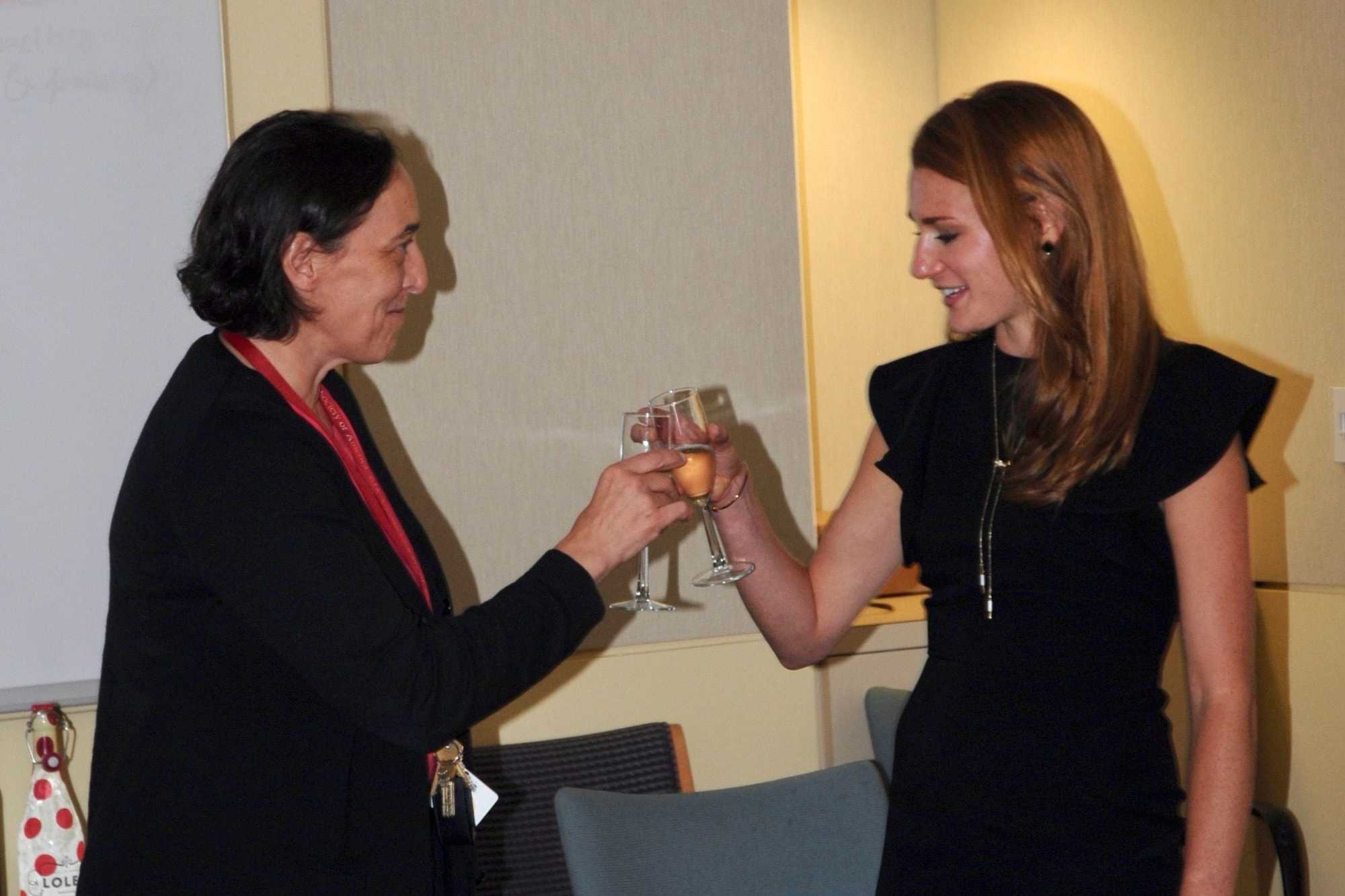
In November 2019, she sent texts to Amon sharing some of her distress.
During a subsequent meal at the Catalyst restaurant in Cambridge with Amon and one of Knouse’s friends, Knouse briefly discussed her complicated sexual encounters with Sabatini. She was conflicted about what to do - whether to cut it off or continue so as not to provoke him. Amon had raised the point that reporting sexual misconduct was unlikely to go well for her.
“There was a lot of internal agonizing,’’ recalled the friend.
Sabatini told the Globe that Knouse occasionally implied through the end of 2019 that she wanted a deeper connection with him.
Around Jan. 1, 2020, Sabatini told a friend as well as his brother, Bernardo, that Knouse had come to his office at the end of December to say she wanted more from him and from their relationship — that they should become a real couple.
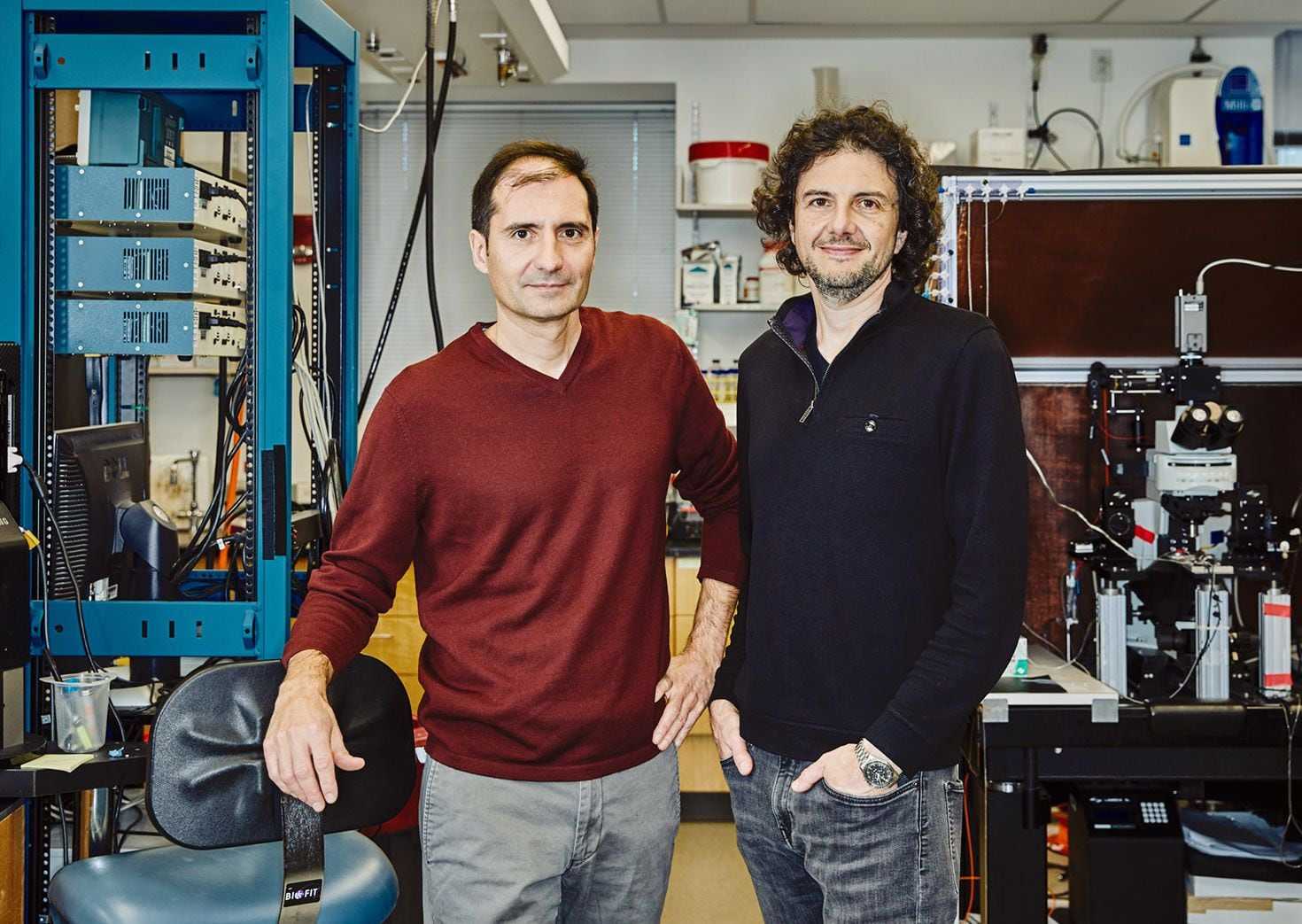
“What???” the friend replied by text.
“Yup she said she does not need a ring though,” Sabatini wrote. He later said he told Knouse that he did not know what he really wanted.
Bernardo Sabatini had spent time with his brother and Knouse. He had never seen them kiss or hold hands, but he believed there was an affinity between them.
Sabatini told the Globe that he never told his brother or anyone else that he and Knouse had a sexual relationship.
Bernardo asked his brother if he wanted to bring Knouse to his New Year’s party.
No, he didn’t.
Sabatini was interested in someone else.
Advertisement
As career soars, a love interest abroad
In his work life, Sabatini was as busy as ever. His stature was only rising on the international scene. In 2018 and 2019, he was the senior author on 10 scientific papers and had his name on eight others. As always, he hustled among speaking engagements.
He was also a valued member of Whitehead. In 2019, he was part of the institute’s search for a new director, which ultimately selected Lehmann, a highly respected German-born scientist who had worked at Whitehead in the 1980s and 1990s, before directing the Skirball Institute in New York. She would be the second woman to lead the 40-year-old Whitehead.
As 2019 wound down, concerning news out of China foretold the coming pandemic. Sabatini also had other things on his mind. He began wondering about the possibility of a new romantic relationship.
In the year since Pernas had left his lab for Germany, Sabatini had stayed in touch with her. He thought they had personal chemistry.
In early 2020, Sabatini was hoping to see Pernas on a trip to Cologne for a conference. Was it possible they could begin a romance? He intended to find out.
Sabatini was frank with Knouse, brutally so, about his interest in another woman. They discussed it in a raw text exchange over several days in mid-January, while Sabatini traveled to Germany.
She wrote the next day to thank him for some restaurant recommendations. He didn’t respond. Hours later, she wrote again to say she had been re-evaluating their secret relationship and did not like what she saw.
Sabatini said he wasn’t sure if he could resolve his feelings during that trip and might schedule another. Later, Knouse asked, “Do you feel like you would have the same intellectual/ambition connection with her like we have? It seems like that would be one difference and it’s a question of what you want in your partner.”
“I don’t know. You are very different,” he replied.
She informed him she wanted to know “where things stand” upon the end of his trip.
After more back and forth, she wrote again, saying that she had spoken about Sabatini with Amon, her mentor, and that Amon was “worried you’re just as insecure and intimidated by me as all the other guys I’ve dated.”
“I’m not sure what made her say that,” Knouse wrote, “but I think it’s worth thinking about whether you want someone who matches your passion, intellect and ambition and thereby pushes, challenges, and shares in that with you. I certainly want that because it helps me become the best and fullest version of myself.”
Sabatini wrote back, “Everyone is entitled to their hypotheses. I would rather table these discussions until a later date. Thank you.”
“Of course,” she replied, and asked him to respect her feelings.
“I have been 100% honest with you about my current state of mind,” he responded. “Please give me some space as a friend.”
Sabatini wrote to Knouse on Jan. 19, on his way home to the United States. He and Pernas had decided to try to have a relationship, despite the distance.
“I hope you can understand that where I am mentally I have to explore this,” he wrote. “I also hope that you can see to being my friend first and foremost just as I am for you.”
Their secret, forbidden relationship was over.
The fallout had yet to begin.
Read part two: A broken bond, a shaken citadel of science
To reach the Spotlight Team staff members who worked on this piece, please write to [email protected] or call 617-929-7483 or individually at [email protected], [email protected] and [email protected].
Tell us your thoughts and see reader feedback
Credits
- Reporters: Mark Arsenault and Meghan E. Irons
- Spotlight Editor: Patricia Wen
- Editors: Mark Morrow and Scott Allen
- Digital Editor: Christina Prignano
- Design: Ryan Huddle
- Development and graphics: John Hancock
- Photographer: Craig F. Walker, Erin Clark, and Jonathan Wiggs
- Photo editors: Leanne Burden Seidel and William Greene
- Lead photo: Jonathan Wiggs
- Copy editor: Michael J. Bailey
- Audience engagement: Cecilia Mazanec and Jenna Reyes
- Quality assurance: Nalini Dokula
© 2024 Boston Globe Media Partners, LLC


